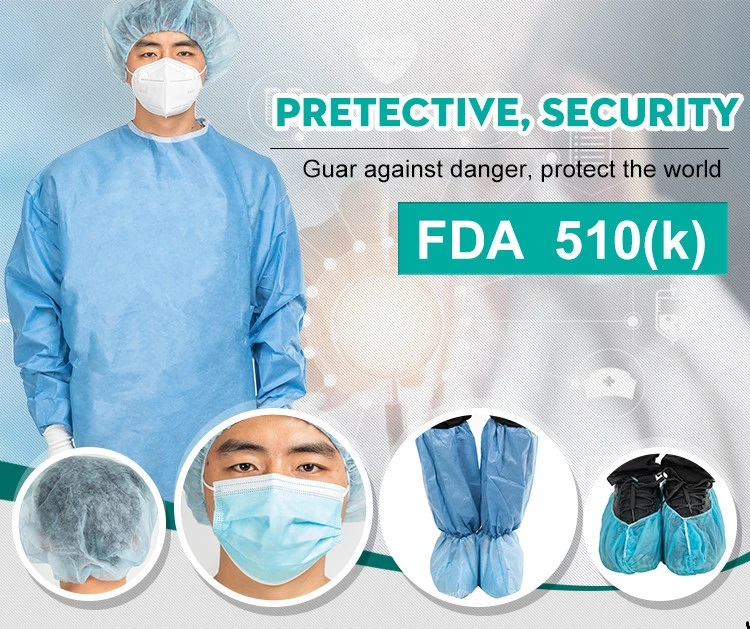Bouffant caps play a critical role in maintaining cleanliness and preventing contamination in healthcare settings. In this article, we delve into the uses, benefits, and best practices for utilizing bouffant caps. These essential disposable caps are designed to cover and secure hair, protecting patients and healthcare professionals alike during various medical procedures. Understanding the importance of bouffant caps in infection control and hygiene is vital for maintaining a clean and safe environment. Read on to discover the features to consider when selecting bouffant caps and how to ensure their proper utilization in healthcare settings.

SMS non-wovenFeatures:
• made of SMS non-woven 15g/m², 20 g/m², 25 g/m² or 30 g/m²
• with elastic rubber band
H103-15g/m
H103-20g/m
H103-25g/m
H103-30g/m
Packaging Unit 100 pcs
In healthcare settings, maintaining proper hygiene and preventing the spread of  contaminants is of utmost importance. Bouffant caps, also known as disposable caps or hair covers, are one essential tool used to safeguard patients and healthcare professionals during various medical procedures. These caps are designed to cover and secure hair, preventing hair contamination and reducing the risk of infections associated with uncontrolled hair.
contaminants is of utmost importance. Bouffant caps, also known as disposable caps or hair covers, are one essential tool used to safeguard patients and healthcare professionals during various medical procedures. These caps are designed to cover and secure hair, preventing hair contamination and reducing the risk of infections associated with uncontrolled hair.
One primary use of bouffant caps is during surgical procedures. Surgeons and operating room staff wear bouffant caps to completely cover their hair, ensuring a sterile environment is maintained. By wearing these caps, healthcare professionals can minimize the risk of hair particles falling into the surgical site, reducing the chance of surgical site infections.
Another critical application is in infection control. Bouffant caps create a barrier, preventing the transfer of microorganisms from the hair to the patient, medical equipment, or the environment. In healthcare settings where infection control is paramount, such as intensive care units or isolation rooms, bouffant caps are routinely used to complement other protective measures.
The benefits of using bouffant caps extend beyond infection prevention. They also contribute to a more professional appearance, enhancing the overall perception of cleanliness in healthcare environments. Additionally, bouffant caps can help prevent the contamination of medical devices, such as surgical instruments or implants, by minimizing the risk of hair entanglement.
When selecting bouffant caps, several factors should be considered. These include the cap's material, fit, and size. Ideally, caps made from breathable materials should be chosen to maintain comfort for the wearer, while ensuring an adequate fit. Disposable bouffant caps are a popular choice as they minimize cross-contamination risks and offer convenience.
Proper utilization of bouffant caps is crucial for maintaining hygiene standards. They should be worn correctly, completely covering all hair and ensuring a snug fit. It is essential to handle and dispose of used bouffant caps appropriately, following the healthcare facility's protocols for waste management and infection control.
In conclusion, bouffant caps are indispensable in promoting hygiene, infection control, and professionalism in healthcare settings. These disposable caps effectively protect patients and healthcare professionals during medical procedures. By investing in high-quality bouffant caps and ensuring their proper utilization, healthcare facilities can maintain a clean and safe environment, reducing the risk of contamination and improving patient outcomes.
Contact: Neo
Phone: 008615867460640
E-mail: Info@Hwtai.com
Whatsapp:008615867460640
Add: Building 2, Xinmao Qilu Science Technology Industrial Park, Tianqiao District, Jinan City, Shandong Province,China.
We chat
